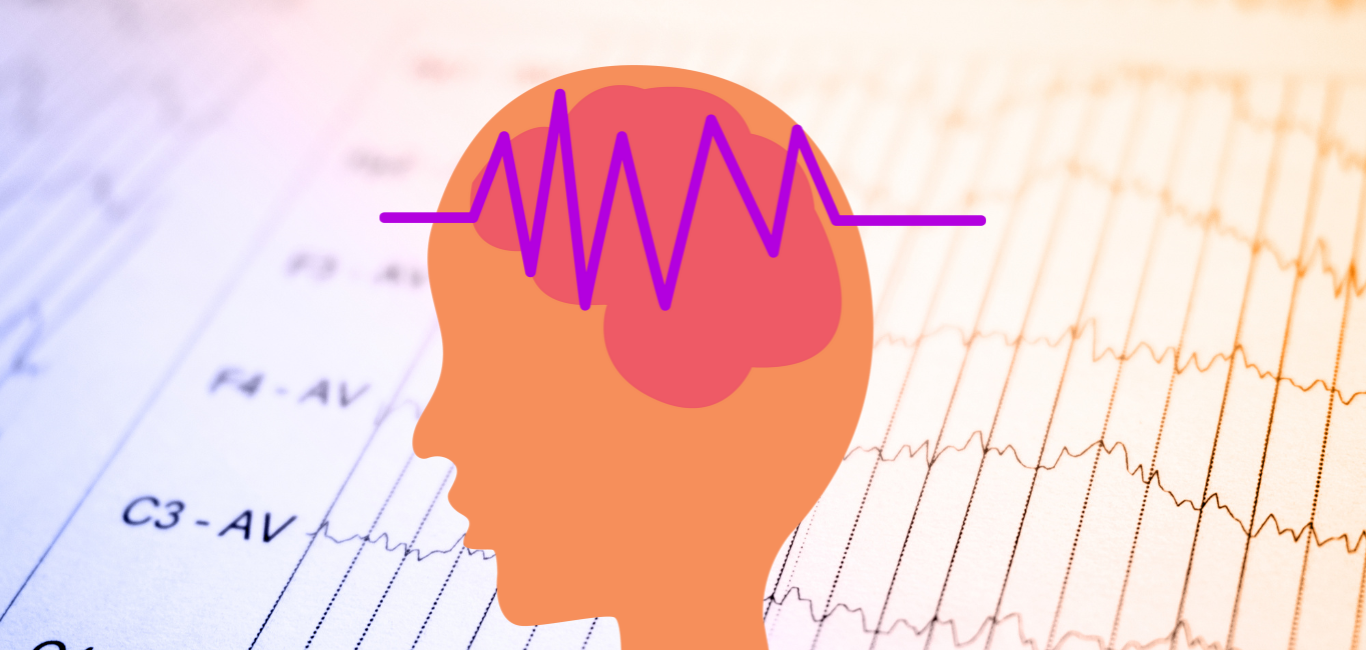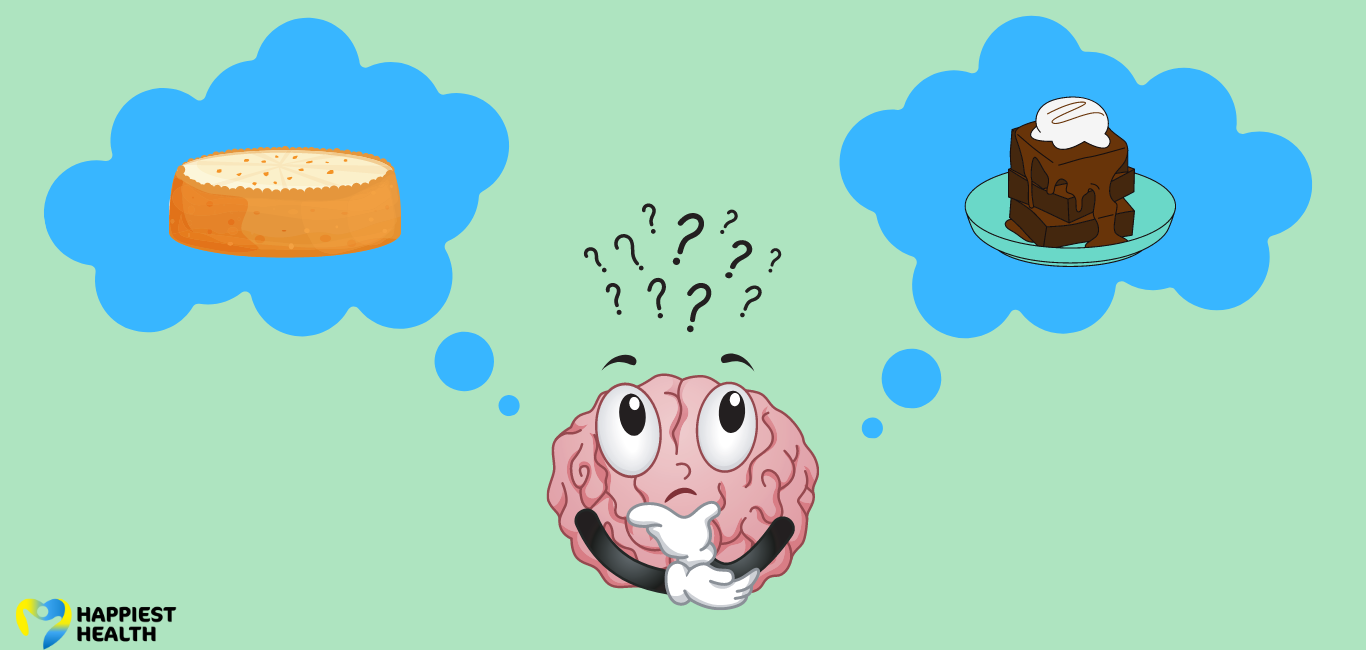
Imagine a thunderstorm, with bright flashes of lightning streaking through the dark clouds. Sometimes, lightning can burn trees and damage electrical lines, leaving fires and blackouts in its wake. Something similar happens in the brain during an epileptic fit—a sudden surge of electrical impulses. This excessive electrical activity appears as seizures, convulsions, shakes or loss of awareness.
Delhi-based Vinay Jani would experience such seizures on a regular basis. He could be training for a marathon, or just going about his work in the supply chain management sector, when the attacks would happen. After receiving a diagnosis for epilepsy in 2005, he began taking anti-seizure medications, which gave him seizure-free days. However, in 2015, they were back in full force. He would often have three to four seizures a month. “Despite being at the highest dose of three anti-seizure medications, my seizures did not come under control,” says the now 39-year-old.
Drug resistant epilepsy
Almost one third of people with epilepsy worldwide have experiences like that of Jani. “If the person has uncontrolled seizures despite taking two or more appropriate anti-epileptic medications, they have drug resistant epilepsy,” Dr Keni Ravish Rajiv, consultant neurologist and epileptologist at the Aster CMI, Bengaluru, tells Happiest Health.
But what causes these neural glitches to become resistant to medication? Certain underlying structural changes in the brain and genes could be the culprits, explains Dr Rajiv.
Manjari Tripathi, professor and head of neurology department at the All India Institute for Medical Sciences, Delhi explains that certain low-grade tumours could cause seizures to become drug resistant. The impaired development of a brain region could also do the same. For Jani, it was a cyst in the temporal region of his brain that prevented the seizures from leaving his life.
Not all uncontrolled seizures
However, not all uncontrolled seizures are drug resistant. Those who fail to take their medication may experience uncontrolled seizures, just as those who do not get enough sleep, says Prof Tripathi. Sometimes, too much stress and excessive exposure to lights from computer and mobile screens may be the contributing factors.
Drug resistant epilepsy will not go away even when individuals address lifestyle triggers and take their medication on time. “Most people with epilepsy transgress lifestyle issues and that is why they have recurrent seizures,” says Prof Tripathi.
Affected quality of life
Seizures can severely affect a person’s day-to-day life. Seizures come with several social and economic constraints, explains Dr Rajiv. “The person may even have a tough time getting a life-partner.
Just the thought of an impending seizure can negatively affect the confidence and self-esteem of people with epilepsy. They often drop out of school or a job. Many have mental health issues, as Jani did. “Initially, I would not accept that I had epilepsy,” he recalls.
In 2008, after a seizure-related hospital stay, Jani went through depression, which also caused him to put on weight. Higher weight calls for a higher dose of anti-epileptic medication, and more side effects. As he became more active, however, he came to terms with his condition.
These effects of repetitive seizures are more pronounced for people who have drug resistant epilepsy. These people are also prone to sudden unexpected death in epilepsy (SUDEP), says Prof Tripathi. “They may also suffer more injuries, falls, fractures and disfigurements.”
Overcoming resistance
The first step to addressing drug resistant epilepsy is by confirming it, says Dr Rajiv. This is done by using two imaging techniques –video encephalogram (EEG) and magnetic resonance imaging (MRI). Video EEG records seizures and analyses the brain’s electrical activity. This can help specialists identify the affected part of the brain and determine the appropriate treatment strategy.
Both Dr Rajiv and Prof Tripathi concur that diet modification has a lot of benefits. A high fat diet, especially the modified keto diet helps reduce seizures in people with drug resistant epilepsy. However, in severe cases, removing what causes the seizures like a tumour, surgery or deep brain stimulation are the only options.
One such surgery in 2022 freed Jani from his long encounter with seizures. He is now actively involved in spreading awareness by cycling, running marathons, and working with epilepsy support groups. “It is difficult living with epilepsy. But once you accept it, you will find ways to manage it and you will start living more positively,” is Jani’s message to people like himself.


















2 Responses
Very good article
Dear Dan,
Thank you for your feedback.
We look forward to your continued engagement with us.